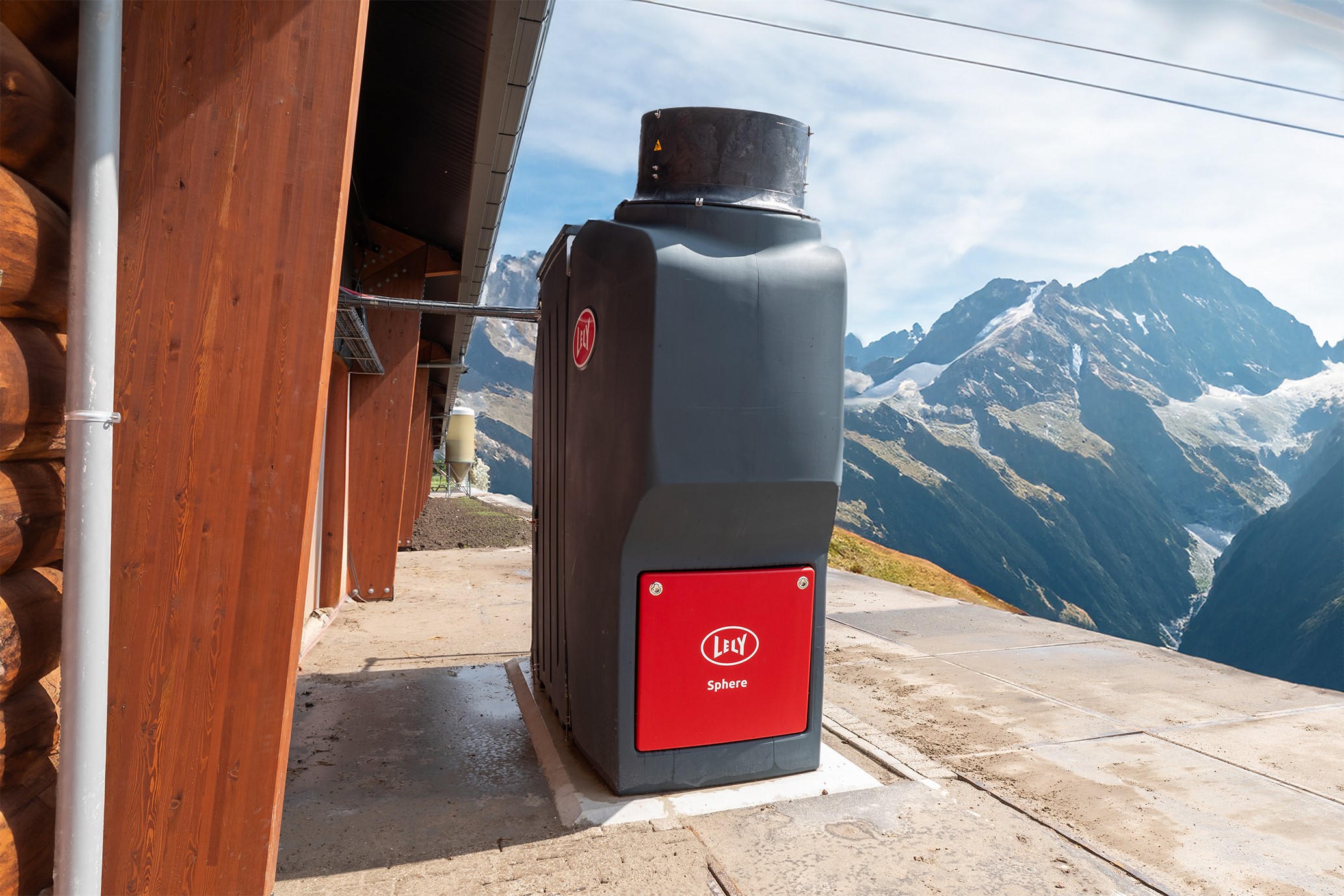
Limiting ammonia emissions
As the global population continues to grow, the agricultural sector faces the challenge of increasing food production while ensuring sustainability. With limited land, water, and other resources available, it is essential to adopt a circular economy approach that promotes responsible resource use and waste stream repurposing.
Furthermore, ammonia (NH3), a colourless gas with a strong odour that is produced by the decay of organic matter and animal waste contributes to air pollution as a precursor to particulate matter when released into the atmosphere.
In the EU, agriculture is responsible for 94% of total ammonia emissions, with dairy cattle farming accounting for 47% of emissions from the agriculture sector. To address this issue, EU Member States need to significantly reduce their ammonia emissionslevels. Assuch, new solutions are necessary to reduce ammonia emissionsfrom agriculture, particularly in the dairy sector.
Using every bit
The LIFE CMCD consortium, led by Lely Industries NV which is responsible for the commercialisation of the developed technology in the Netherlands and the EU, disrupts the majority of modern dairy farming practices which have shifted towards chemical fertilisers, diminishing the role of manure. Although, animal manure is a valuable resource for maintaining soil fertility and providing crop nutrients.
The project closed the mineral cycle in dairy farming by demonstrating and validating the Lely RFX system on six dairy livestock farms. This enabled dairy farmers to optimally use the nutrients in manure and reduce ammonia emissions by using the automated barn emission reduction system which is now commercially available under the product name Lely Sphere.
This effort resulted in a reduction of over 24 tonnes of ammonia (NH3) emissions at the level of barn management and field fertilisation, as well as the autonomous separation of urine and manure. Furthermore, as of the end of 2021, the project achieved 77% NH3 reduction in the barn (from a 13kg conventional barn to 3kg with Lely Sphere) which wasrecently certified according to government measurements protocol called RAV.
Farming innovators
(A message from the coordinating beneficiary – Lely Industries NV)
The agricultural sector will likely face limited land and water resources for the growing world population. We aim to make dairy farming more sustainable, reduce emissions, and create a circular dairy farm.
- Project locations
- Netherlands
- Project website
- LIFE CMCD
